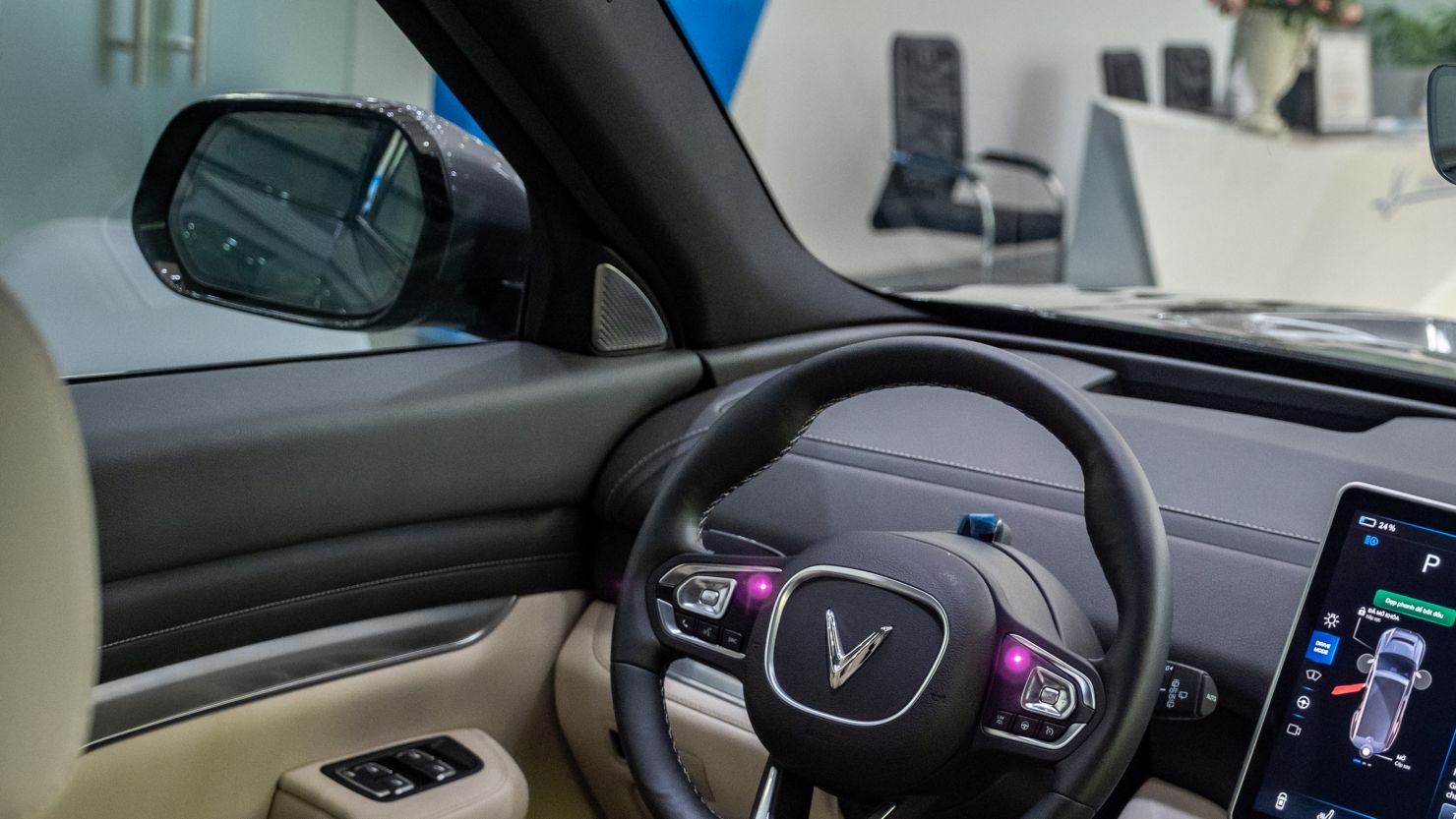One of the first things you learn in driver’s ed is, after you buckle your seatbelt, adjust your mirrors. But if technology from Vietnamese automaker Vinfast enters production, that will be a thing of the past.
It’s not some fancy new video mirror system. Many cars already offer that technology. Under United States auto safety regulations, though, even cars that have video cameras for rear visibility while driving – something offered on many Kia and Hyundai models, for instance – must still have old-fashioned reflective mirrors that don’t rely on cameras. So, like it or not, mirrors will be a part of driving for some time.
One quirk of mirrors, as opposed to video displays, is that when your head moves, the image you see in the mirror shifts, too. So, if you lean forward in your seat, the side mirrors show you a different view of what’s on either side of your car. More crucially, if you adjust your seat forward or back but forget to re-adjust your mirrors, they may no longer show you what you need to see. In traffic, that can become a serious problem.
Mirrors that see your eyes
VinFast’s system, which just won an award at the Consumer Electronics show in Las Vegas, is called MirrorSense. It uses sensors to detect the position of the driver’s head and eyes. Many vehicles already have special cameras that can do this for various other reasons, including monitoring driver alertness.
In this case, data from the eye sensors, which VinFast claims is accurate to within 10 millimeters – or 0.4 inches – is used to calculate the proper position for all three rearview mirrors, the one in the middle and those on each side. The mirrors then move to provide an optimal view of what’s behind and to the sides of the vehicle. The system could also be used to simultaneously adjust the driver’s seat, according to VinFast.
Once set, the system can also memorize the driver’s face so, next time, the driver will be immediately recognized and the mirrors will reset to the correct positions.
VinFast is part of the large Vietnamese conglomerate Vingroup which also operates real estate companies such as Vinhomes, schools through its Vinschool and VinUni subsidiaries and various tech companies like VinBigData. MirrorSense was developed with another Vingroup subsidiary, VinAI which, along with VInBrain, is one of Vingroup’s artificial intelligence-focused companies.
The company, which also introduced an electric pickup truck and mini-SUV at the show, did not say when this technology might appear in passenger vehicles for sale to customers.








